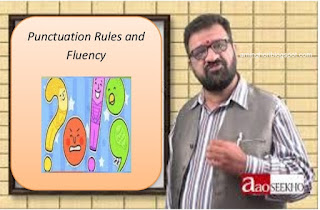What Are Collective Nouns?

What Are Collective Nouns? (With Examples) A noun: A collective noun is the word which is used to represent a group of people, animals or things . A Noun : as herd, jury, or clergy that seems singular in formal shape but represents a group of persons or objects whether a collective noun, which is singular in form, is used with a singular or plural verb depends on whether the word is referring to the group as a unit or to its members as individuals. Collective nouns are singular or plural, depending on context: 1. Collective nouns are groups of individual: Team, Jury, Class, Committee, Army, family etc. 2. If all members are acting as one unit, treat the collective noun as singular and use a singular pronouns or verb. 3. If however all members are acting indi...

